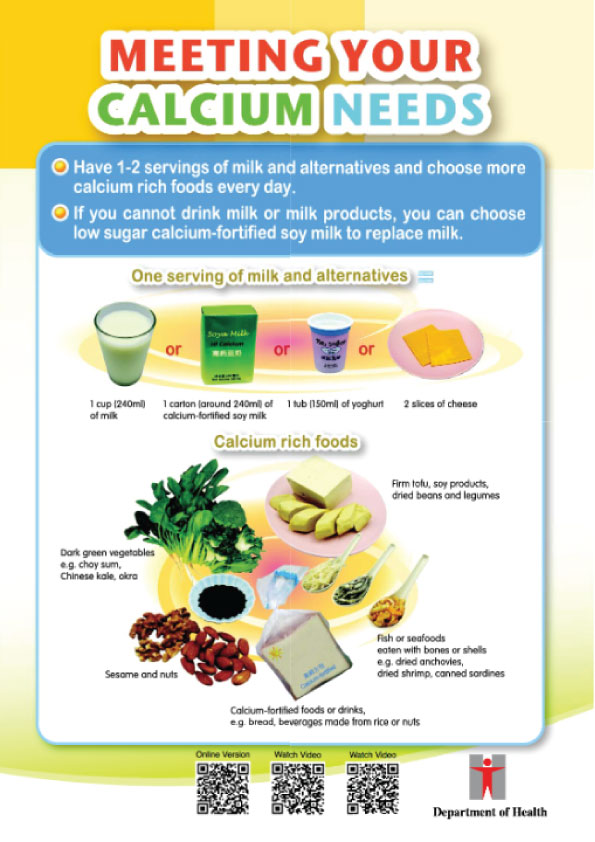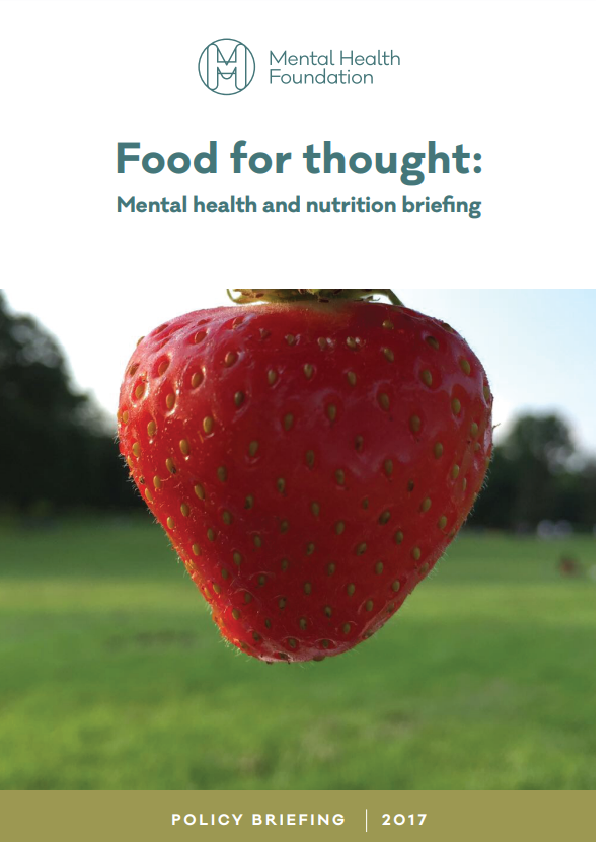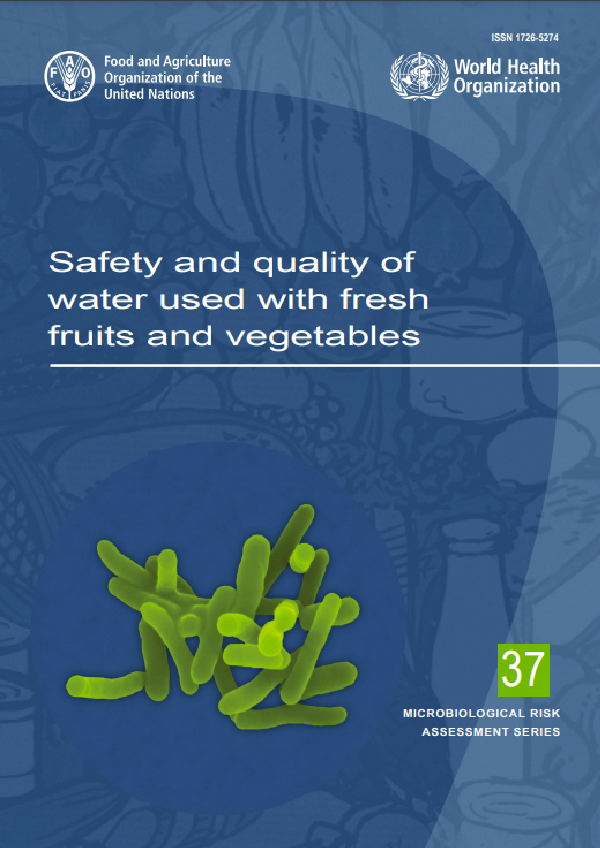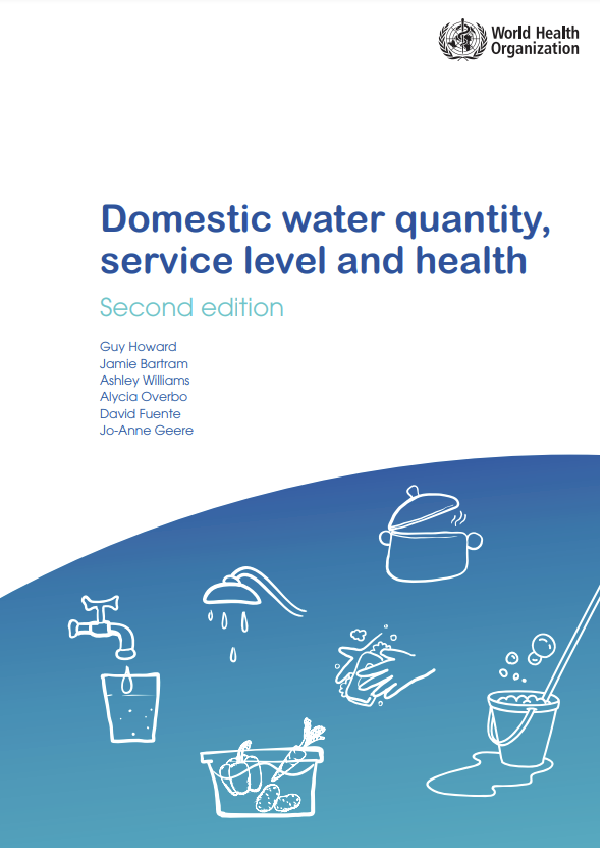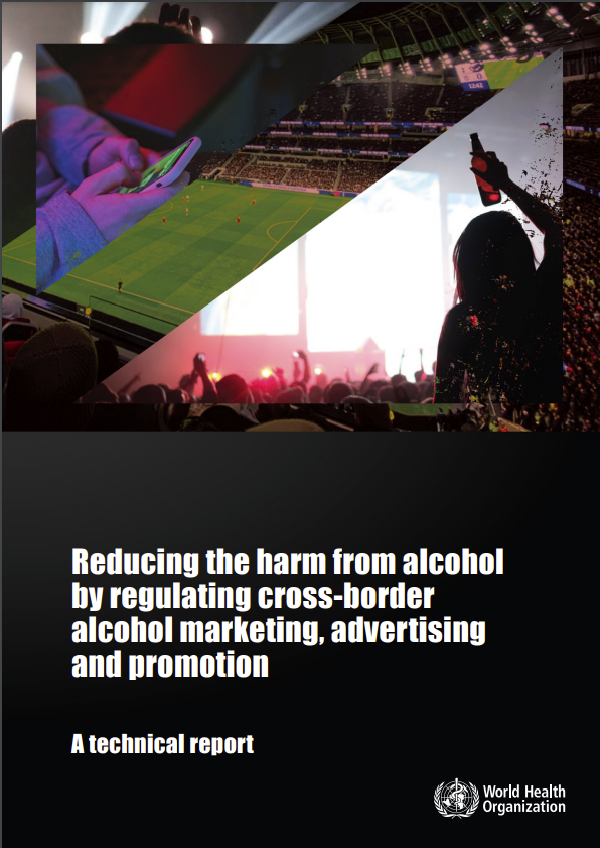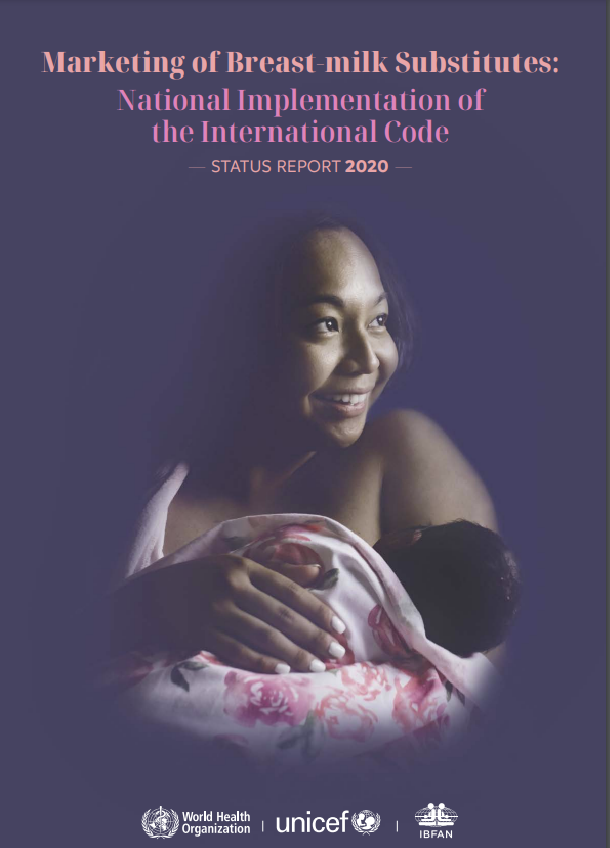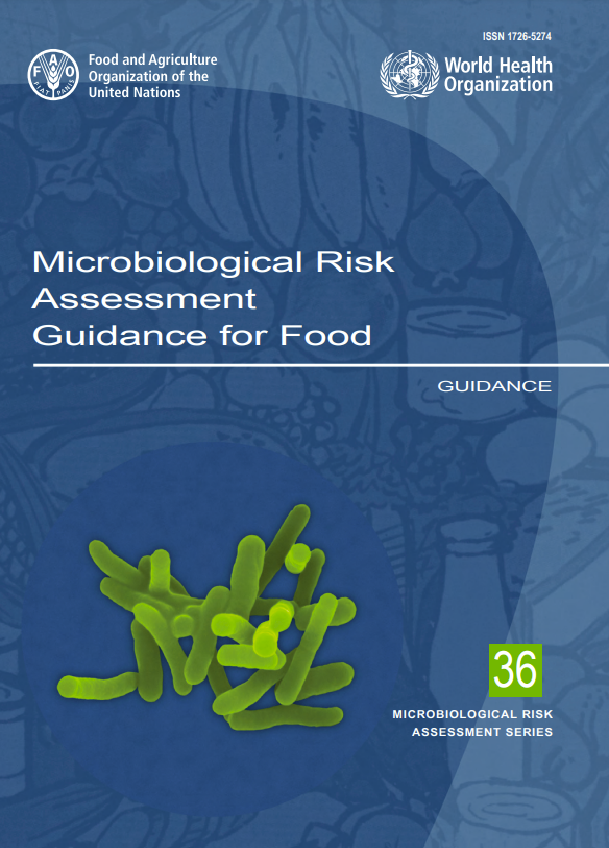Have 1-2 servings of milk and alternatives and choose more calcium rich foods every day. If you cannot drink milk or milk products, you can choose low sugar calcium-fortified soy milk to replace milk.
One serving of milk and alternatives is equivalent to
- 1 cup (240ml) of milk or
- 1 carton (around 240ml) of calcium-fortified soy milk or
- 1 tub (150ml) of yoghurt or
- 2 slices of cheese
Calcium rich foods
- Firm tofu, soy products, dried beans and legumes
- Dark green vegetables e.g. choy sum, Chinese kale, okra
- Sesame and nuts
- Fish or seafoods eaten with bones or shells e.g. dried anchovies, dried shrimp, canned sardines
- Calcium-fortified foods or drinks, e.g. bread, beverages made from rice or nuts
What are the functions of calcium in our body?
- Calcium is one of the building blocks for your bones, with 99% of the calcium in your body stored in bones and teeth. The remaining 1% is in blood and other tissues and helps in nerve signals transmission, muscle contraction and blood clotting.
- Our bones serve as the calcium reservoir in our body to adjust blood calcium level.
What happens when your diet is low in calcium?
- You will not have any symptoms if you lack calcium in your diet for short term.
Your body will self-regulate to release calcium from bones into blood to maintain a stable calcium level to allow normal physiological functions. - If you lack calcium in your diet for long term, your bones will lose its calcium faster. For young people and children, normal bone development may not be achieved. For adults, it increases bone loss, leading to osteoporosis and osteopenia.
How much calcium do we need?
- Adults : 1000 mg
- Pregnant woman and lactating mother : 1000 mg*
- Adults 50 years old or above : 1000-1300 mg
*With reference to the recommendations by the World Health Organisation and Chinese Nutrition Society.
Calcium Content of Foods
- Prepackaged foods or drinks claiming “high calcium” will list the calcium content on the nutrition labels.
- The following table shows the calcium content of common foods.
| Food items | Quantity^ | Calcium content (mg) |
|---|---|---|
| Milk and milk products | ||
| full cream milk | 1 cup (240ml) | 271 |
| low-fat milk | 1 cup (240ml) | 288 – 338 |
| high calcium nonfat milk | 1 cup (240ml) | 490 |
| cheese (Cheddar cheese) | 1 match box size (25g) | 104 – 238 |
| processed cheese | 2 slices (40g) | 222 – 326 |
| plain yoghurt | 1 tub (150ml) | 278 |
| Soy beans and soy bean products | ||
| calcium-fortified soy milk | 1 carton (around 240ml) | 220 – 400 |
| regular soy milk | 1 cup (240ml) | 14 – 72 |
| firm tofu | ½ block (200g) | 232 – 402 |
| soybean curd dessert | 1 bowl (302g) | 260 |
| soybean curd slab | 3 pieces (around 100g) | 308 |
| soy chicken# | 1 whole piece (110g) | 351 |
| Vegetables | ||
| collards | 100g | 145 |
| Chinese kale | 1 bowl, boiled (160g) | (stalk) 110 – (leaf) 336 |
| spinach | 1 bowl, boiled (160g) | 158 – 276 |
| bok choi | 1 bowl, boiled (160g) | 140 – 224 |
| choy sum | 1 bowl, boiled (160g) | 112 – 176 |
| okra | 1 bowl, boiled (160g) | 72 – 154 |
| yardlong beans | 1 bowl, boiled (160g) | 70 – 80 |
| green soybeans (Edamame) | 1 bowl, boiled (160g) | 216 – 232 |
| Dried beans or legumes | ||
| soy beans | ½ cup, boiled (86g) | 65 – 88 |
| pinto beans | ½ cup, boiled (85g) | 39 |
| chick peas | ½ cup, boiled (82g) | 40 |
| Seafood | ||
| dried anchovies | 1 tablespoon (10g) | 59 |
| dried small shrimps | 1 tablespoon (10g) | 40 – 56 |
| canned sardines with bones | 3 pieces (160g) | 294 |
| Nuts and seeds | ||
| almond | 1 tablespoon (around 15g) | 32 – 44 |
| black sesame sweet soup | 1 bowl (289g) | 214 |
| sesame (black or white, whole) | 1 tablespoon (around 9g) | 56 – 89 |
| Fruits | ||
| orange | 1 piece, medium size | 60 |
| dried figs | 40g (around 3-4 pieces) | 65 – 80 |
Source:Nutrient Information Inquiry System, Centre for Food Safety. Calcium content of calcium-fortified soy milk comes from the packages of local calcium-fortified soy milk.
^ 1 bowl = 250-300ml; 1 cup = 240ml; 1 tablespoon = 15ml.
# Soy chicken contained high sodium. Avoid taking it too often.
Tips for choosing tofu
Tofu commonly available in wet market is set by using gypsum powder (calcium sulphate) and therefore is rich in calcium.
For prepackaged ones:
calcium-containing firming agent is used in the product if the ingredient list includes E516 (calcium sulphate), E509 (calcium chloride) or E578 (calcium gluconate).
Include calcium rich foods in your daily diet
- Serve milk, yoghurt or cheese in your snack
- Replace sugary drinks with low-fat milk or calcium-fortified soy milk
- Add milk in your omelette, steamed egg custard, cream sauce, oatmeal or soup, etc.
- Use plain yoghurt as dressing, e.g. green salad with lemon juice and yoghurt, tuna mayo (made with yoghurt) sandwich
- Make yoghurt and fruits smoothies. Serve yoghurt with fruit platters
- Choose dark green vegetables in main dishes, e.g. stir fry choy sum with chicken, stir fry broccoli with fish fillet, stir fry Chinese kale with beef, etc.
- Add dried beans or legumes in soup and main dishes
- Replace meat with bean curd and soy products (e.g. firm tofu, soybean curd slab, vegetarian chicken, etc.) in cooking for more calcium
- Top your main dishes with dried anchovies, dried small shrimps or prawns, e.g. steamed egg with dried anchovies, hairy gourd stew with dried small shrimps and mung bean threads/vermicelli
- Sprinkle black sesame on rice or pasta when serve
- Include black sesame or nuts in your recipe of home-made soya bean milk
High calcium meal plan
| Example 1 | Example 2 | |
|---|---|---|
| Breakfast | oatmeal cooked with low-fat milk (use 1 cup of low-fat milk) | low sugar calcium-fortified soy milk 1 carton steamed plain bun |
| Lunch | stir fry choy sum with chicken (have ⅔ bowl of choy sum) rice (topped with black sesame) | rice vermicelli with beef boiled Chinese kale in broth (1 plate) (without oil) |
| Snack | orange plain low-fat yoghurt (1 tub) |
low-fat cheese on toast (use 1 slice of low-fat cheese) |
| Dinner | tomato, firm tofu and fish tail soup (have ¼ block of tofu) stir fry broccoli with fish fillet (have ⅔ bowl of broccoli) rice | stir fry orka with sliced meat (have ⅔ bowl of orka) steamed egg with milk and dried anchovies rice |
Healthy lifestyle for healthy bones
Go outdoors more often
expose your face and arms to sunlight. This allows your body producing more vitamin D which helps absorbing calcium in the gut.
Exercise regularly
weight bearing exercises, such as jogging, walking, climbing stairs, brisk walking, help maintain your bone density. Go outdoors! You will get sunshine as you exercise.
Have a balanced, low salt diet
having too much meat and salt in your meals increases calcium excretion through urine.
Avoid excessive caffeine
it increases calcium excretion through urine.
Avoid alcohol and do not smoke
heavy drinking may lead to a poor diet and may result in malnutrition, including inadequate calcium intake.
Calcium supplement
If you cannot obtain adequate calcium from diet, you may need a calcium supplement. Too much calcium can damage your health. Taking food and supplements together, one should not consume more than 2000mg* calcium daily. Consult your health care professional first if you consider having calcium supplements.
*With reference to the recommendations by the World Health Organisation and Chinese Nutrition Society.
